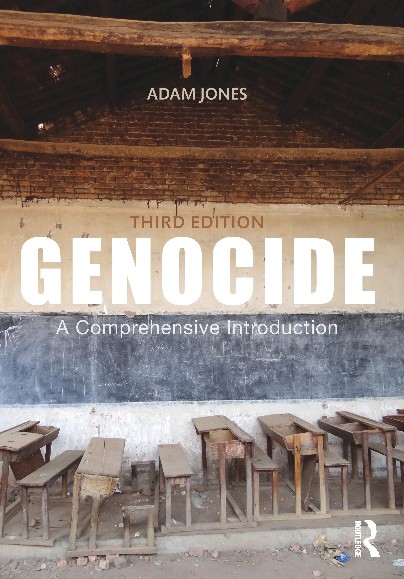Argentina's "Blond Angel of Death" Convicted for Role in Dirty War
By Sam Ferguson
The Christian Science Monitor, October 27, 2011
"Nearly 30 years after the collapse of Argentina's last military dictatorship, the man most identified with perpetrating the 1976-1983 'dirty war' was convicted in a Buenos Aires criminal court on Wednesday night. Alfredo Astiz, known as the 'blond angel of death,' served as a lieutenant at the Naval Mechanics School (ESMA), a torture center where thousands of guerrillas and dissidents were secretly imprisoned and executed. He and 17 other defendants were charged with various cases of kidnapping, torture, and murder relating to 86 victims. 'I'm happy. After so many years, there's finally justice,' said Carlos Muñoz, a survivor from the ESMA. The charges against Astiz centered on his role in infiltrating, kidnapping, and executing 12 human rights activists in 1977. Beginning in middle of that year, Astiz began marching with the Mothers of the Plaza de Mayo, a group of women who congregated in Buenos Aires’ central square to protest the disappearance of their children. The Mothers knew him as Gustavo Niño, a young, handsome, well-spoken man who was desperately seeking his missing brother. When Astiz suspected that his cover had been compromised, he helped organize a series of raids around Buenos Aires in December of 1977. Twelve people were kidnapped, including three founding members of the Mothers and two French missionary nuns, Alice Domon and Leonie Duquet. Several were tortured in the Naval Mechanics School, and within days the 12 activists were loaded onto navy airplanes and thrown into the South Atlantic. The ferocity of Astiz's crimes juxtaposed against his good looks and upright demeanor made him an eerie symbol of the repression.
'I'm sure that if Astiz was walking down [the street] and saw an old woman, he would be the first one to walk her across,' says Horacio Mendez Carreras, a lawyer for the nuns' families who has pursued Astiz for 30 years. 'But this doesn’t excuse him. He was a special criminal, a criminal who wore white gloves.' In a 1998 interview with Tres Puntos magazine, Astiz is quoted as saying, 'I didn't betray them, because I wasn't one of them. ... What I did was infiltrate, and for this they won't forgive me.' (Astiz sued the magazine, claiming he was misquoted and that publication violated an off-the-record agreement.) Astiz was also convicted on six counts of homicide, torture, and kidnapping, including the disappearance of Rodolfo Walsh, an investigative journalist who became a guerrilla and is widely admired amongst Argentina’s left. Astiz's attorneys had argued that as a low ranking officer he did not have the authority to decide which kidnap victims would be tortured or executed because his job was limited to detaining people. As the court announced his life sentence, Astiz grinned while he brushed his hand over a patriotic ribbon on his lapel. Eleven other defendants were sentenced to life in prison, four received sentences ranging from 18 to 25 years, and two were acquitted. [...]"
Friday, October 28, 2011
Subscribe to:
Post Comments (Atom)















No comments:
Post a Comment
Please be constructive in your comments. - AJ